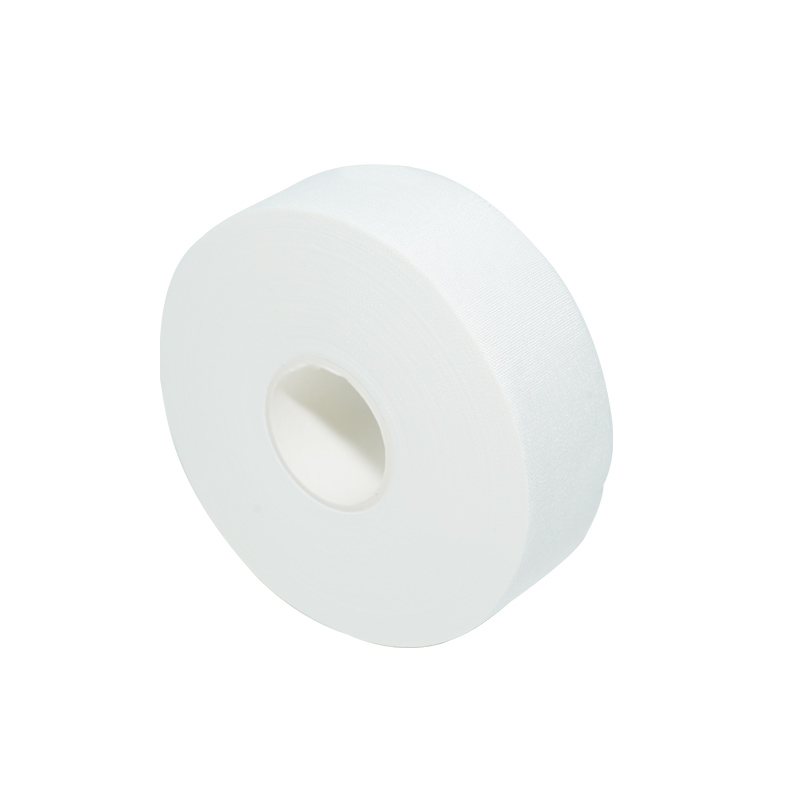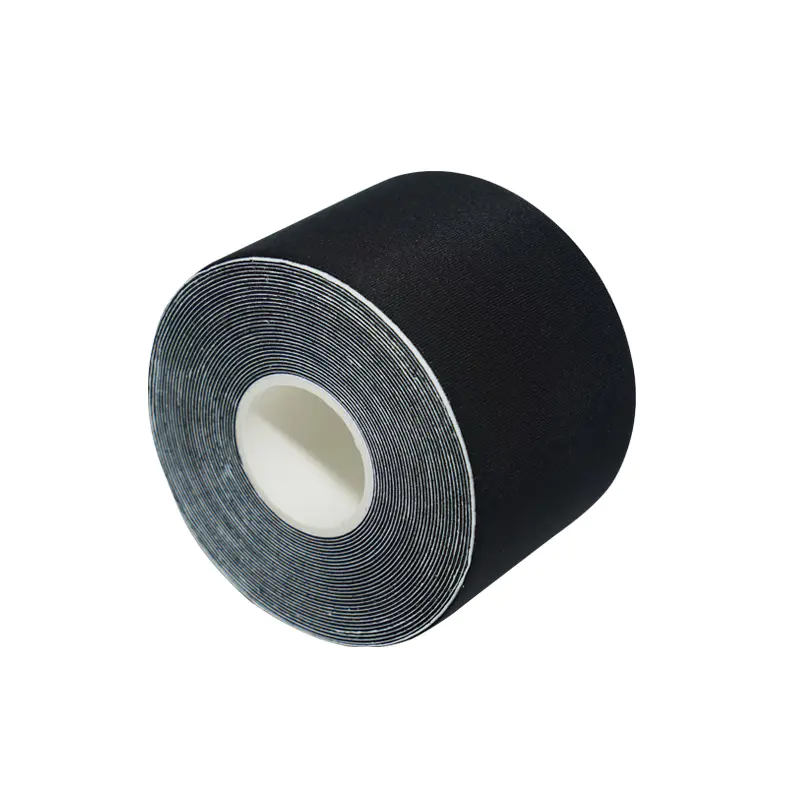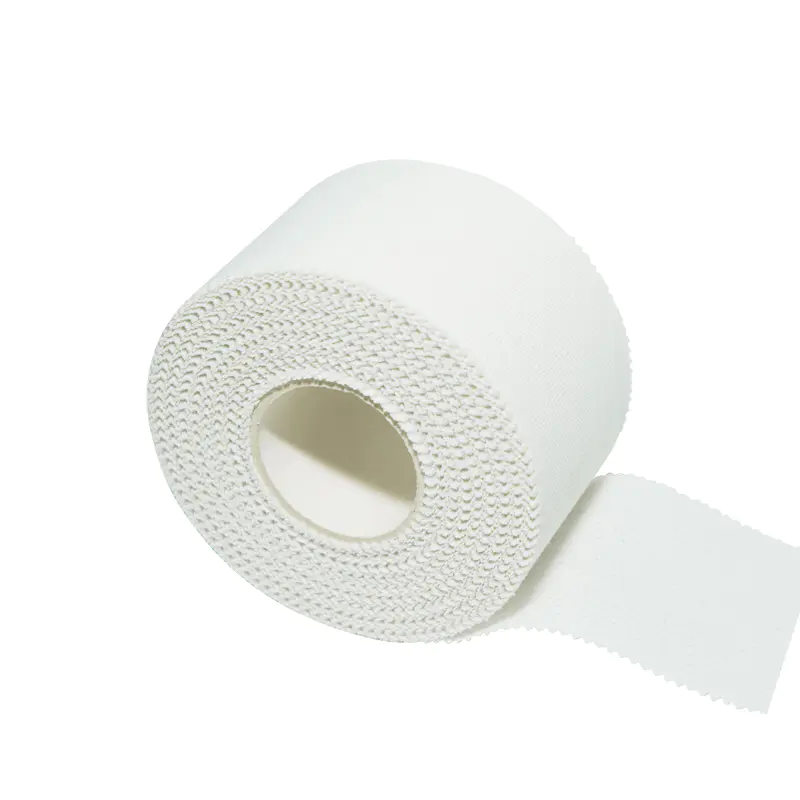When people look to support an injury or improve athletic performance, two common tools come to mind: kinesiology tape and athletic tape. While both are used by athletes, physical therapists, and trainers, they serve very different purposes and have distinct characteristics. Understanding the key differences between them is crucial for choosing the right one for your needs.
Athletic tape, often called rigid tape, is a non-elastic, stiff tape made from cotton or rayon. Its primary function is to provide strong, unyielding support to a joint or muscle, effectively restricting its movement. Think of it as a temporary cast. By immobilizing a joint, it helps prevent injuries from happening or protects an already injured area from further damage.
Rigid and Non-Elastic: It doesn’t stretch, which is why it's so effective at limiting motion.
Strong Support: It provides firm, mechanical support to a joint (like an ankle or wrist) to prevent sprains or strains.
Short-Term Use: It's typically used during a specific activity or game and is removed afterward. Wearing it for long periods can cause circulation issues or skin irritation.
Application: It's usually applied directly to the skin in a layered, restrictive pattern.
Kinesiology tape, also known as K-tape, is a thin, elastic, and flexible tape designed to mimic the elasticity of human skin. Unlike athletic tape, it doesn’t restrict movement. Instead, it works by microscopically lifting the skin to create space between the skin and the underlying tissues. This lifting action is believed to improve blood flow, reduce swelling, and alleviate pressure on pain receptors.
Elastic and Flexible: It stretches up to 140% of its original length, allowing for a full range of motion.
Support without Restriction: It provides dynamic support to muscles and joints, helping to facilitate proper movement patterns and improve stability.
Pain Relief: The lifting effect can decompress tissue, which may reduce pain signals sent to the brain.
Long-Term Wear: Kinesiology tape is designed to be worn for several days (3-5 days is common), even while showering, swimming, or exercising.
Therapeutic Applications: It’s often used in physical therapy to correct posture, facilitate muscle activation, or help with lymphatic drainage to reduce bruising and swelling.

The choice between kinesiology tape and athletic tape depends on your specific goal.
If you have a fresh injury (like a sprained ankle) and need to stabilize the joint to prevent further damage, athletic tape is the better option. Its rigid support is unparalleled for short-term immobilization.
If you're dealing with muscle soreness, looking to improve blood flow to a specific area, or need to correct your form during an activity while maintaining a full range of motion, kinesiology tape is the ideal choice. It's a tool for rehabilitation and performance enhancement, not for mechanical stabilization.
Many athletes and therapists use both tapes at different stages of an injury. Initially, athletic tape can provide stability. As the injury heals, they may transition to kinesiology tape to help with rehabilitation and return to full activity.







